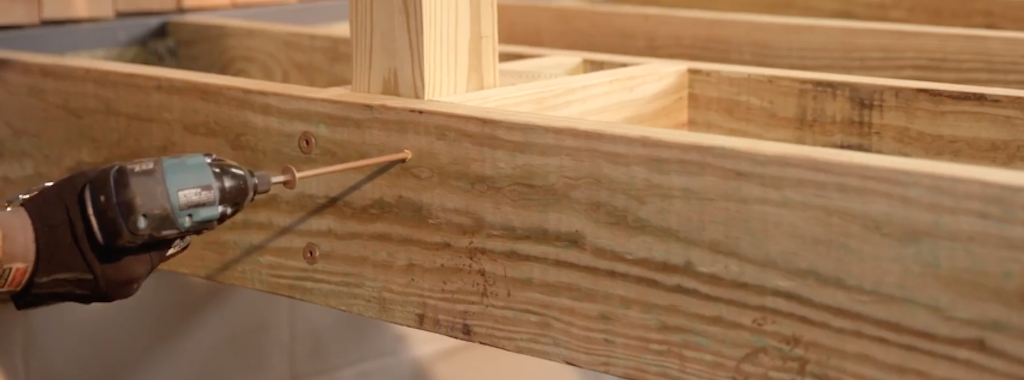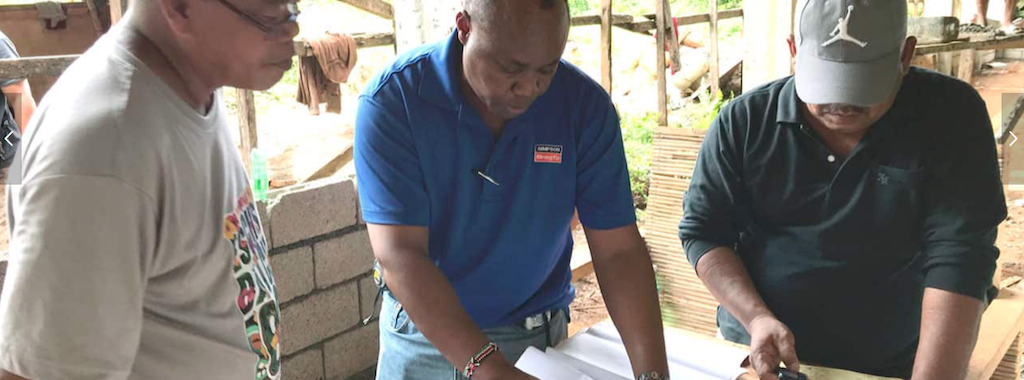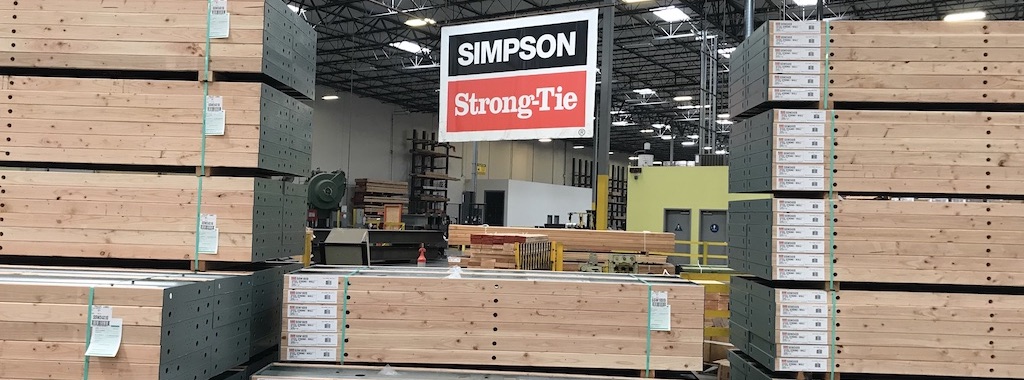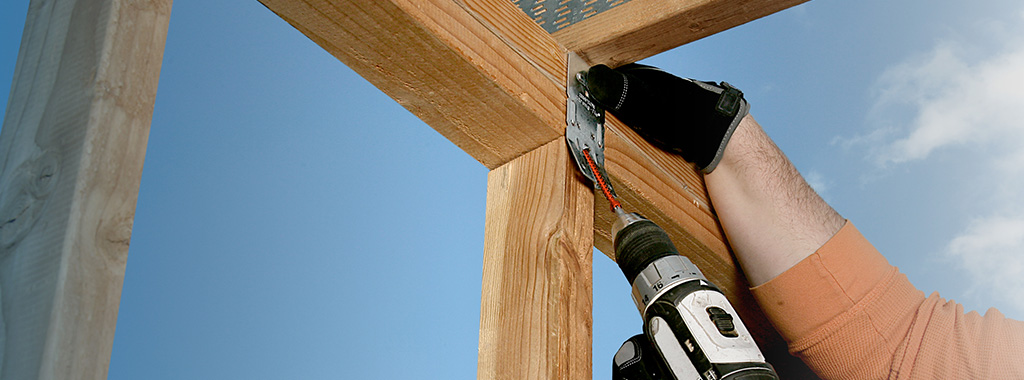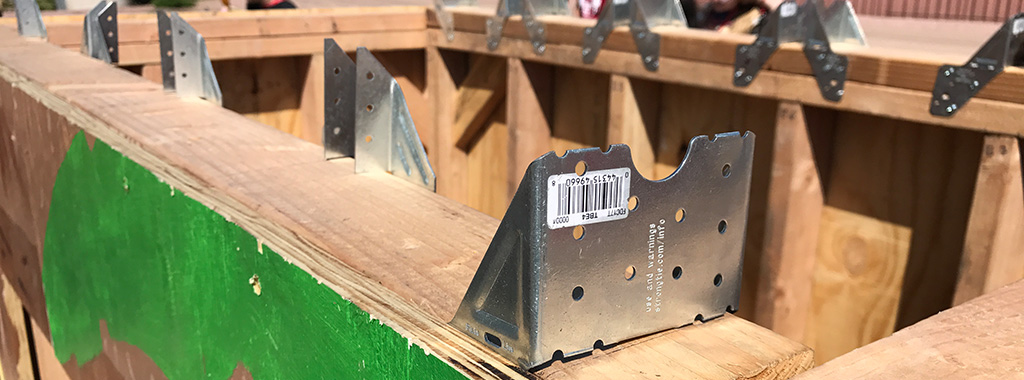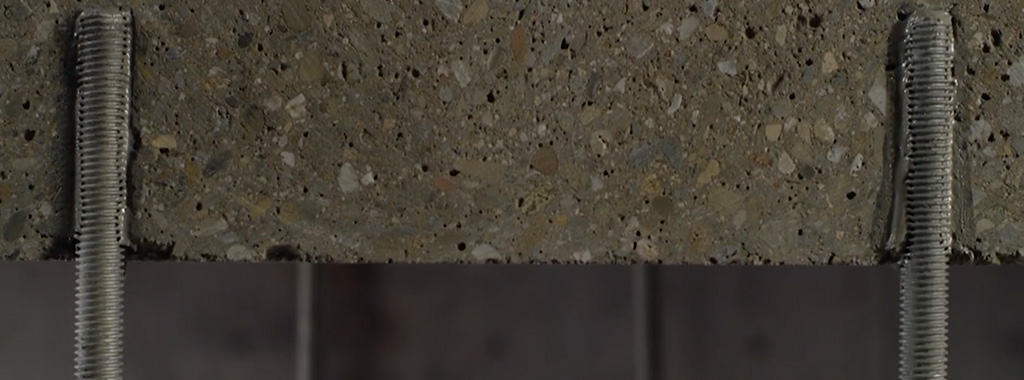This week’s post was written by James P. Mwangi, Ph.D., P.E., S.E. — our first annual Simpson Strong-Tie Engineering Excellence Fellow with Build Change. As part of his fellowship he’s been submitting reports about his work supporting the Build Change initiative. This is the last in a series of four.
Continue Reading
Tag: Simpson Strong-Tie
Still Using Lag Screws? Consider Self-Tapping Wood Screws Instead
Lag screws are traditionally specified for many structural loads in wood construction. However, recent innovations in engineering for self-tapping wood screws have made them an increasingly popular, labor-saving alternative to lag screws. In the following post, Aram Khachadourian, P.E., of Simpson Strong-Tie discusses the structural and economic advantages of this option.
Continue Reading
Simpson Strong-Tie Build Change Fellow Visits Colombia
This week’s post was written by James P. Mwangi, Ph.D., P.E., S.E. — our first annual Simpson Strong-Tie Engineering Excellence Fellow with Build Change. As part of his fellowship, he’s submitting reports about his work supporting the Build Change initiative. This is the third in a series of four.
Continue Reading
Happy Independence Day 2018
Thank you for stopping by! We’re taking a brief break today so Simpson Strong-Tie team members can celebrate the Fourth of July with family and friends.
Continue Reading
Questions Answered: Resisting Uplift with Structural Fasteners
Of course you know about creating a continuous load path with either connectors or rod tiedown systems, but have you considered using fasteners instead? In this post, Bryan Wert follows up on our May 2 webinar, Drive a New Path: Resisting Uplift with Structural Fasteners, by answering some of the interesting questions raised by the attendees.
On May 2, Simpson Strong-Tie hosted an interactive webinar where we discussed different methods of creating a continuous load path for wind uplift resistance. Most of the hour-long webinar was devoted to the innovative structural screw system comprising our Strong-Drive® SDWC Truss screw and the SDWF Floor-to-Floor screw with TUW take-up washer. In addition to sharing load capacities, installation details and various benefits of this system, we included a design example with illustrative specification options. In case you weren’t able to join our discussion, you can watch the on-demand webinar and earn PDH and CEU credits here.
Continue Reading
Construction Referees: Evaluation Processes for Alternative Building Products
In a perfect world, every single product used in building would undergo a rigorous, independent evaluation process to determine its compliance with established safety codes and standards prior to its appearance in the market. “Alternative” building products and design methods are very much a reality of the construction industry, however. All the same, when Designers and building officials must decide whether to specify or approve such products, there are still review organizations and processes that help them evaluate whether or not the products meet the required safety standards to protect the public. In this post, Jeff Ellis, Simpson Strong-Tie Director of Codes and Compliance, delineates the process involved when an evaluation service entity, such as ICC-ES, issues an evaluation report (ER) for an alternative building product or method.
Continue Reading
Timber Strong Gives Engineering Students Real-World Experience
Structural engineering, like every other research field, advances by educating new generations of students in the principles and practice of the discipline. Knowing that, Simpson Strong-Tie has teamed with the Binational Softwood Lumber Council and the American Wood Council to co-sponsor and coordinate the Timber Strong Design-Build Competition, an annual design contest held at the ASCE Pacific Southwest Conference in Tempe, Arizona.
Engineering students will test their civil and environmental engineering skills this spring when they compete in the annual Timber Strong Design-Build Competition. Eighteen universities will send teams of students to Tempe, Arizona, to participate at the American Society of Civil Engineers (ASCE) Pacific Southwest Conference (PSWC).
The objective of the competition, taking place April 12–14, is to give students valuable real-world engineering design experience:
Continue Reading
Simpson Strong-Tie® SET-3G™ Adhesive Offers a Ductile Solution for Post-Installed Anchorage near a Concrete Edge
Designing post-installed anchorage near a concrete edge is challenging, especially since the ACI provisions for cracked-concrete anchorage went into effect. In the following post, one of our field engineers, Jason Oakley, P.E., explains how SET-3G™ and Anchor Designer™ software from Simpson Strong-Tie make it easier to design a ductile anchor solution.
Engineers often provide holdown anchoring solutions near a concrete edge to help prevent overturning of light-frame shear walls during a seismic (or high-wind) event. Sometimes a post-installed anchor must be used if the cast-in-place anchor was mislocated or misinstalled, or is located where a retrofit or addition is needed. Since the cracked-concrete anchorage design provisions went into effect more than a decade ago, it has been challenging for engineers to offer a near-edge post-installed anchoring solution. This is especially true for structures subject to earthquake loads in seismic design category (SDC) C through F. Simpson Strong-Tie’s new SET-3G epoxy is the first anchoring adhesive in the industry to offer exceptionally high bond-strength values that permit ductile anchorage in concrete near an edge. This blog post will cover a specific example that focuses on Chapter 17 of ACI 318-14 to design a threaded rod, anchored with SET-3G adhesive, used to secure a holdown located 1 3/4″ away from a single concrete edge (Figure 1).
Continue Reading
What Building Professionals Need to Know About Construction Loading
Understanding construction loading is important as it relates to the acceptable practices in terms of staging and storing construction materials prior to installation. What does “construction loading” mean? This term describes materials and people that are present during the course of construction. It refers to any construction material that is stacked and/or staged on the trusses for any length of time prior to the installation of said materials. This also includes those individuals that are working or walking on the trusses during the course of construction.
New CSS Product Launch — FRCM Strengthening Products
The new FRCM Composite Strengthening Systems™ repair and reinforcement solution from Simpson Strong-Tie combines high-performance sprayable mortar with a carbon-fiber grid that creates a thin structural layer that repairs and strengthens without significantly increasing the structure’s weight or volume. FRCM stands for fabric-reinforced cementitious matrix. Its advantages are similar to those of FRP (that is, strength, low weight and ease of application), but it may also be used to repair, resurface, strengthen and protect in one application, along with providing greater resistance to heat and better long-term durability.
Continue Reading


